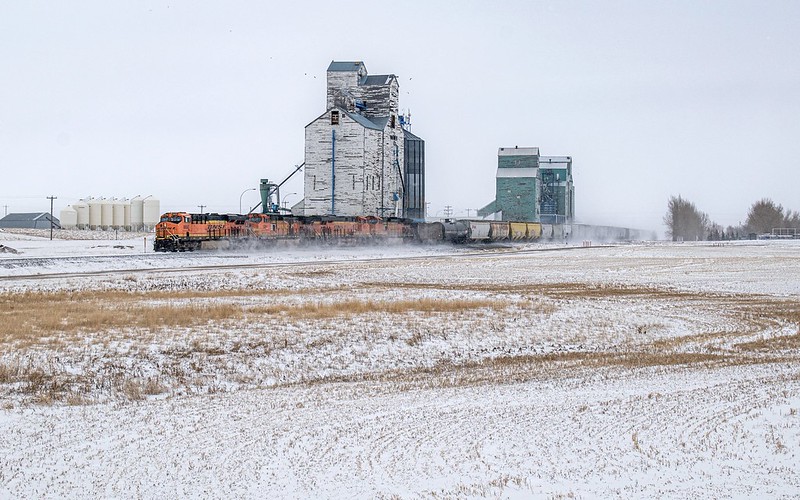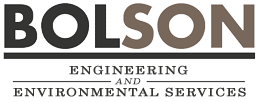A Phase One Environmental Site Assessment (ESA) is a crucial step in the due diligence process for any property transaction. It involves a comprehensive investigation of the environmental conditions of a site to identify potential risks and liabilities. This assessment is not only important for the buyer and seller involved in the transaction, but also for lenders, insurance companies, and regulatory agencies. In this article, we will discuss some common findings that may arise during a Phase One ESA, with a focus on the Province of Alberta. We will examine the specifics of each finding, its implications, and how it can be addressed.
Understanding Phase One ESA
Before diving into the common findings, it is important to understand what a Phase One ESA entails. It is a systematic process that involves a thorough review of historical records, site inspections, and interviews with current and past property owners, occupants, and local government officials. The goal is to identify any potential environmental contamination or other issues that may impact the property's value or pose a risk to human health and the environment.
The Phase One ESA is conducted by environmental professionals and civil engineers who follow the standards set by CSA Standard Z768. These standards ensure that the assessment is thorough, objective, and reliable. The process typically begins with a records review, followed by a site visit, interviews, and a report that summarizes the findings and provides recommendations for further action.
Common Findings
Historical Site Uses
One common finding during a Phase One ESA is the discovery of previous site uses that may have contributed to environmental contamination. For example, a property in Alberta may have been used for industrial purposes in the past, which could have resulted in the release of hazardous substances into the soil or groundwater. Identifying these historical uses is crucial in determining potential risks and liabilities associated with the property.
Historical site uses can be identified through a review of historical aerial photographs, city directories, fire insurance maps, and other records. If a potentially contaminating activity is identified, further investigation may be recommended, such as a Phase Two ESA, which involves sampling and analysis to confirm the presence of contamination.

Grain Elevator in Warner, Alberta
Underground Storage Tanks (USTs)
Another common finding during a Phase One ESA is the presence of underground storage tanks (USTs). These tanks were commonly used in the past for storing petroleum products, such as gasoline or diesel fuel. However, USTs corrode over time and have potential to leak, leading to soil and groundwater contamination. Identifying the presence of USTs and assessing their condition is essential in evaluating the environmental risks associated with a property.
Leaking underground storage tanks can make a property worthless. Consider a real-life example of the contaminated property where the land value is worth less than the cost to remediate. The Horseman Motel and Liquor store located in Airdrie, Alberta are located next to a gas station. The underground storage tanks were leaking for years in the 1990's and contaminated the soil beneath them without their knowledge. The motel/liquor store owners purchased additional property next to them for more parking space and did not get a Phase One ESA. It later revealed contamination due to USTs. Clean up has stalled and has cost the motel owner millions of dollars in legal fees and remediation costs without being fully resolved.
USTs can be identified through a review of historical records, site inspections, and interviews. If a UST is found, it may be necessary to conduct a tank integrity test or a soil and groundwater investigation to assess the extent of potential contamination. The removal or remediation of USTs may also be required to comply with environmental regulations.
Suspected Soil and Groundwater Contamination
Common contaminants include petroleum hydrocarbons, heavy metals, and volatile organic compounds (VOCs). The presence of contamination can indicate potential risks to human health and the environment, as well as potential liabilities for the property owner.
Soil and groundwater contamination can be identified through a review of historical records, site inspections, and a Phase Two ESA which would include sampling and analysis. If contamination is found, further investigation may be necessary to determine the extent and source of the contamination. Remediation measures may also be required to clean up the contamination and comply with environmental regulations.

Wetland and Protected Areas
Alberta is known for its diverse ecosystems, including wetlands and protected areas. During a Phase One ESA, it is important to identify the presence of wetlands or protected areas on or near the property. These areas are subject to strict regulations and may require additional permits or approvals for development. Failure to comply with these regulations can result in significant fines and penalties.
Wetlands and protected areas can be identified through a review of maps, site inspections, and consultations with regulatory agencies. If such areas are found, it may be necessary to conduct a wetland delineation or a habitat assessment to determine the extent and significance of the areas. Development plans may also need to be modified to avoid impacts to these areas and comply with environmental regulations.
An environmental professional will assess and classify the wetland and the hydrologic processes that will be impacted by the development. If the impact is minimal, a fee can be paid to a wetland bank (provincial government program) to replace the wetland at another location. A wetland bank is a wetland, or collection of wetlands, that have been restored, enhanced or constructed for the purpose of replacing wetlands in authorized loss of wetland area.
Asbestos and Lead-Based Paint
Older buildings may contain asbestos or lead-based paint, which can pose health risks if not properly managed. During a Phase One ESA, it is important to identify the presence of these hazardous materials and assess their condition. If asbestos or lead-based paint is found, proper abatement measures must be taken to ensure the safety of occupants and comply with applicable regulations.
Asbestos and lead-based paint can be identified through a review of building records, site inspections, and sampling and analysis. If these materials are found, it may be necessary to conduct an asbestos or lead survey to determine the extent and condition of the materials. Abatement measures may also be required to remove or manage the materials and comply with health and safety regulations.
Regulatory Compliance
Compliance with environmental regulations is a critical aspect of property ownership. During a Phase One ESA, it is important to assess whether the property is in compliance with applicable federal, provincial, and local regulations. Common compliance issues include improper storage and disposal of hazardous materials, failure to obtain necessary permits, and violations of air and water quality standards.
Regulatory compliance can be assessed through a review of records, site inspections, and consultations with regulatory agencies. If compliance issues are found, it may be necessary to take corrective actions to comply with regulations and avoid fines and penalties. This may include obtaining necessary permits, implementing best management practices, and conducting regular inspections and monitoring.
The Path Forward
A Phase One Environmental Site Assessment is a vital step in the due diligence process for any property transaction. It helps identify potential environmental risks and liabilities that may impact the property's value and pose a threat to human health and the environment. Common findings during a Phase One ESA in Alberta include historical site uses, underground storage tanks, soil and groundwater contamination, wetlands and protected areas, asbestos and lead-based paint, and regulatory compliance issues. By addressing these findings, property owners can mitigate risks and ensure compliance with environmental regulations. Furthermore, they can make informed decisions about the property transaction and protect their investment.
To expedite the entire Phase One ESA process, we highly recommend reaching out to Bolson Engineering and Environmental Services. Our unmatched expertise in Phase One ESAs will ensure a smooth property transaction. Contact us today.

